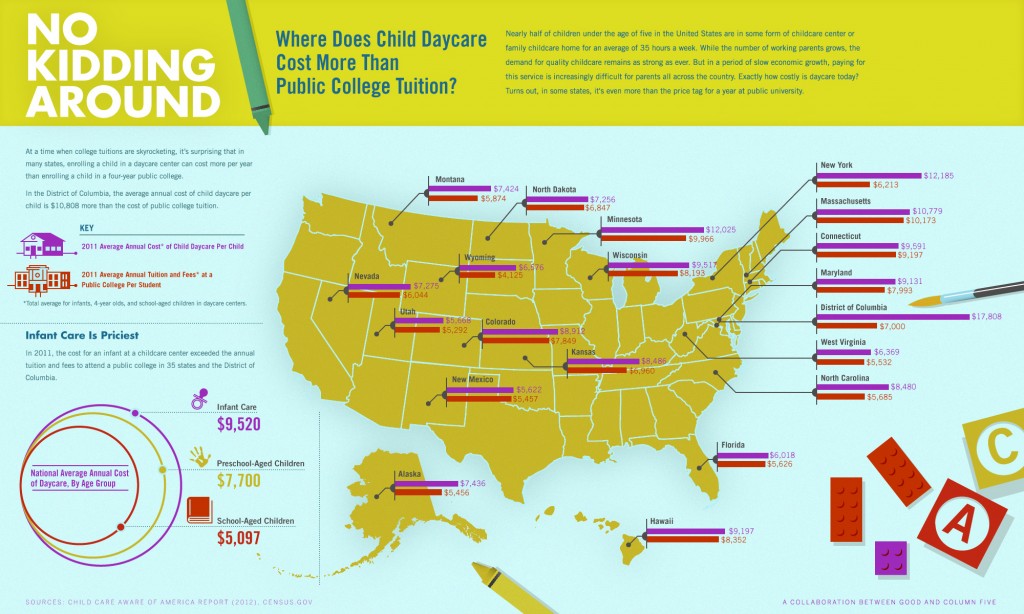No More Tears Over the Cost of Childcare
Sep 17, 2013
Anyone who has children can agree that the cost of raising them seems to increase constantly! I recently read in USA Today that parents with babies born in 2012 could spend close to a half million dollars by the time their baby reaches 18 years old, and that is without the cost of higher education! As part of these ever mounting costs, child care costs are rapidly taking a chunk of change from Mom and Dad’s pockets. So what is a working parent to do? Are there any tax savings available to help with the burden?
Stressed out parents can breathe a small sigh of relief. Uncle Sam has a couple items up his sleeve to save Mom and Dad some tax dollars.
Section 125 Plan (“Cafeteria Plan”)
If your employer has a written Section 125 plan in place, they can offer dependent care assistance through this plan. How does it work? Usually the employer would reduce the employee’s wage by a certain amount each pay check on a pretax basis. That pre-tax wage can then be used to pay for qualified dependent care expenses. This benefit is limited to excluding $5,000 dollars from gross income or $2,500 for married employees filing separate returns. This plan can also be in coordination with a flexible spending plan to reimburse the qualified expenses. The cafeteria plan with dependent care assistance is a great way of saving tax dollars on expenses that the parent accumulates already. However, keep in mind that any amount that is excluded from wages but not used for qualified child care expenses will be added back as taxable on the Form 1040.
Child and Dependent Care Credit
So your employer does not offer dependent care assistance? Concerned there is nothing available to save you tax dollars? Think again! Whether you fall into the group without a dependent care assistance program, or your child care expenses exceed the $5,000 limit, you can save directly on your Form 1040 with the Child and Dependent Care tax credit. Qualifying child care expenses are capped at $3,000 for one qualifying child or $6,000 for 2 or more qualifying children. If you took advantage of the $5,000 pre-tax plan, you need to have expenses over and above that in order to qualify for the credit. The credit on your tax return can be anywhere from 20-35% of those qualified expenses. Yet, there are a couple income factors that need to be considered when calculating the tax credit so always check with your tax professional regarding your specific situation.
While neither of these items will completely alleviate the financial burden of raising a child or child care costs in general, it’s nice to know there are options out there to save some money!
By: Jill Blakeman, CPA
Categories: Uncategorized

